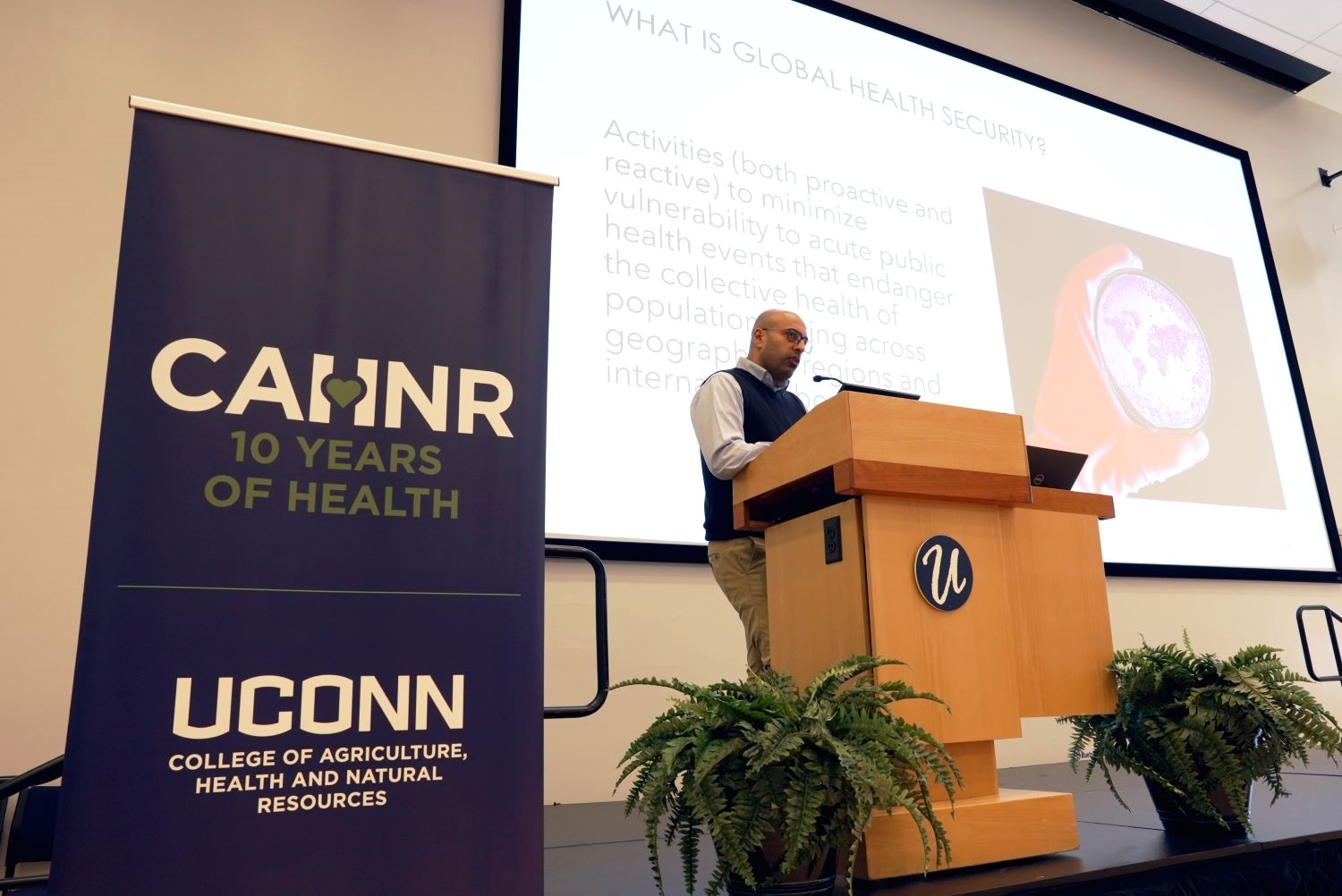A county-wide campaign targeting sugary drinks was associated with overall decreases in youth consumption, according to a new study from researchers at the UConn Rudd Center for Food Policy and Obesity. However, the neighborhood food environment was found to be especially important for Black and Hispanic youth. Black and Hispanic students who live near large numbers of fast-food restaurants and convenience stores did not report significant decreases in calories from sugary drinks between 2012 and 2017, while those who live in healthier food environments did.
In 2013, a multi-year community-based campaign to reduce sugary drink consumption was launched as part of a strategy to address childhood obesity. Researchers surveyed 13,000 middle school students between 2012 and 2017 about their consumption of regular soda, fruit drinks, sports drinks, energy drinks, and flavored waters and teas. Each students’ race/ethnicity was also collected, and researchers measured their neighborhood food environment using the number of unhealthy food retailers (e.g., fast food and convenience stores) in their school’s attendance zone.
Key findings include:
• Overall, the percentage of students consuming sugary drinks daily dropped significantly from 49% in 2012 to 37% in 2017.
• The average daily calories consumed from sugary drinks also fell significantly from 220 in 2012 to 158 in 2017.
• Daily sugary drink consumption remained higher among Black (59%) and Hispanic (49%) students, compared to white (33%) and Asian (23%) students.
• Fruit drinks were the most commonly consumed sugary drink, with twice as many daily consumers compared to regular soda.
“Addressing these persistent disparities must be a top priority for researchers and public health advocates,” says Rebecca Boehm, lead author of the study, former postdoctoral fellow at the Rudd Center and current Economist with the Food and Environment program at the Union of Concerned Scientists in Washington, DC.
These findings suggest that both race and neighborhood food environments are important considerations when designing interventions to reduce sugary drink consumption among adolescents. Previous research has also demonstrated continued targeted marketing to Black and Hispanic youth, which may contribute to higher rates of consumption as well.
“Structural racism in the built environment can be an impediment to really creative and well-resourced public health campaigns. We have to tackle both,” says Kristen Cooksey-Stowers, former postdoctoral fellow at the Rudd Center and current Assistant Professor at the University of Connecticut.
“While the overall findings of significant decreases in sugary drink consumption are certainly positive, there is still more work to be done,” says Marlene Schwartz, co-author of the study and Director of the Rudd Center. “In order to achieve health equity while reducing sugary drink consumption, policies are needed to target factors that may be disproportionately affecting Black and Hispanic youth, such as reducing the availability of sugary drinks in fast food restaurants and prohibiting marketing of these products to children and adolescents.”
This study was funded by the Horizon Foundation (www.thehorizonfoundation.org).



